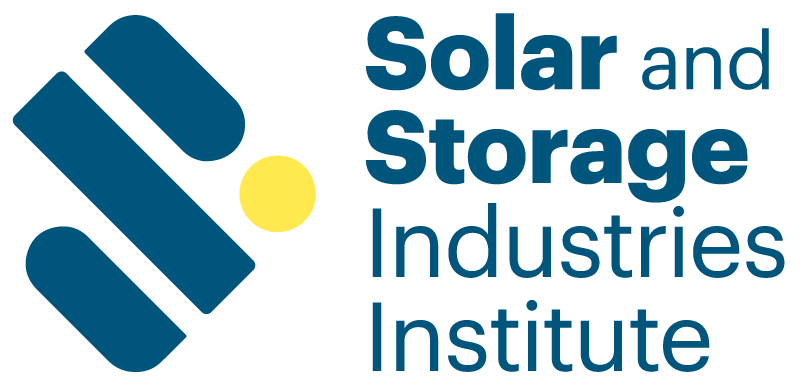WASHINGTON, D.C. — Today, David Gahl, executive director of the Solar and Storage Industries Institute (SI2), issued a statement following the U.S. Office of Management and Budget’s (OMB) approval of the U.S. Energy Information Administration’s (EIA) proposed changes to its electric power and renewable electricity surveys (EPRES).
The EPRES forms, now extended until July 31, 2026, provide a comprehensive view of the nation’s electric power industry, from photovoltaic module shipments to power plant operations. However, as the U.S. accelerates its transition to clean energy, the state of the current antiquated grid poses significant challenges. The grid needs to expand substantially to accommodate more renewable energy and meet electrification demands.
“While we appreciate EIA’s modest changes to collect more information on storage projects in EPRES, other key data that could have been very important to the clean energy transition will not be collected in this round,” said David Gahl, executive director of the Solar and Storage Industries Institute. “Our initial recommendations to the EIA emphasized the need for collecting more information on interconnection challenges, transmission and distribution grid operations, and solar and storage manufacturing. These insights are pivotal for the industry to develop solutions that expedite renewable energy deployment.”
In 2022, SI2 and the Solar Energy Industries Institute (SEIA) sent joint comments to EIA with proposed changes for its EPRES surveys. The proposed changes to the EPRES forms were aimed at refining existing questions to provide a more comprehensive view of the renewable energy sector’s challenges and opportunities.
The recommendations provided by SI2 and SEIA to the EIA included that it adds questions and publish more data around:
transmission and distribution utility interconnection queues, costs and timelines;
transmission and distribution grid operations and constraints; and
more detailed information on solar and storage manufacturing, including the production of components and materials.
Gahl added, “The Inflation Reduction Act (IRA) paves the way for the clean energy transition, and collecting more data on a host of additional topics would likely help lawmakers better understand barriers to these goals. With the new approved surveys EIA made some improvements to their data collection practice, but they didn’t go far enough. We look forward to working with the agency to improve these surveys before the next round of revisions are due in 2026.”
